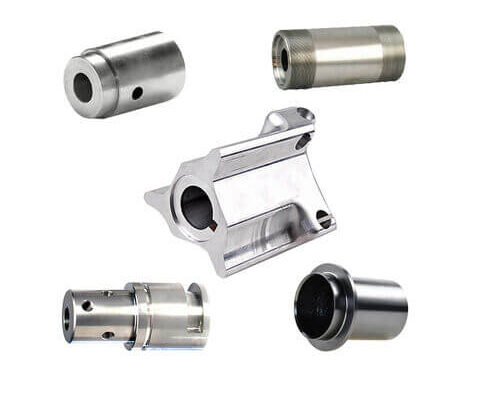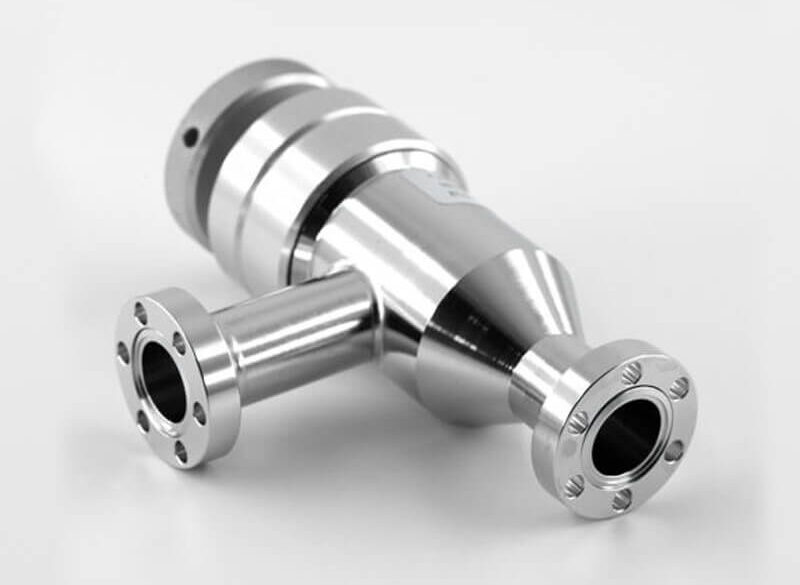Introduction to CNC Machining for Aerospace Parts
In the world of aerospace engineering, precision and accuracy are of utmost importance. Every component, no matter how small, must be manufactured to the highest standards to ensure the safety and reliability of aircraft. This is where CNC machining comes into play. CNC, or Computer Numerical Control, machining is a manufacturing process that utilizes computerized controls to operate and manipulate machine tools. It has revolutionized the aerospace industry by allowing for the production of complex and intricate parts with unparalleled precision.
Key Benefits of CNC Machining Aerospace Parts
One of the key advantages of CNC machining for aerospace parts is its ability to produce parts with tight tolerances. Tolerances refer to the allowable deviation from a specified dimension, and in aerospace engineering, these tolerances are often extremely small. CNC machines can consistently achieve tolerances as tight as a few thousandths of an inch, ensuring that every part meets the exact specifications required.
Another benefit of CNC machining is its versatility. Aerospace parts come in a wide variety of shapes, sizes, and materials, and CNC machines can handle them all. Whether it’s aluminum, titanium, stainless steel, or even exotic materials like Inconel, CNC machines can cut, shape, and drill with precision and ease. This versatility allows for the production of complex parts that would be nearly impossible to manufacture using traditional methods.
Additionally, CNC machining provides a high level of repeatability. Because once a part is programmed into a machine, it can be replicated again and again with the same accuracy. This is crucial in the aerospace industry, which often requires large quantities of identical parts, where even slight deviations can have irreparable consequences. So with CNC machining, manufacturers can not only ensure that every part is identical, but also achieve the goal of eliminating the risk of inconsistencies that could compromise the integrity of the aircraft.

Additionally, CNC machining offers a faster turnaround time compared to traditional machining methods. The use of computerized controls allows for faster and more efficient production, reducing the time it takes to manufacture aerospace parts. This is particularly important in the aerospace industry, where time is often of the essence. CNC machining allows manufacturers to meet tight deadlines without sacrificing quality or precision.
Moreover, CNC machining is a cost-effective solution for aerospace part production. While the initial investment in CNC machines may be higher than traditional machines, the long-term benefits outweigh the costs. CNC machines require minimal human intervention, reducing labor costs. They also minimize material waste by optimizing the cutting process, resulting in significant savings. Additionally, the high level of precision and repeatability offered by CNC machining reduces the need for rework or scrap, further reducing costs.
In conclusion, CNC machining has revolutionized the aerospace industry by providing a precise, versatile, and cost-effective solution for manufacturing aerospace parts. Its ability to produce parts with tight tolerances, handle a wide range of materials, and offer repeatability and faster turnaround times make it an invaluable tool in aerospace engineering. As technology continues to advance, CNC machining will undoubtedly play an even greater role in the production of aerospace parts, ensuring the safety and reliability of aircraft for years to come.
